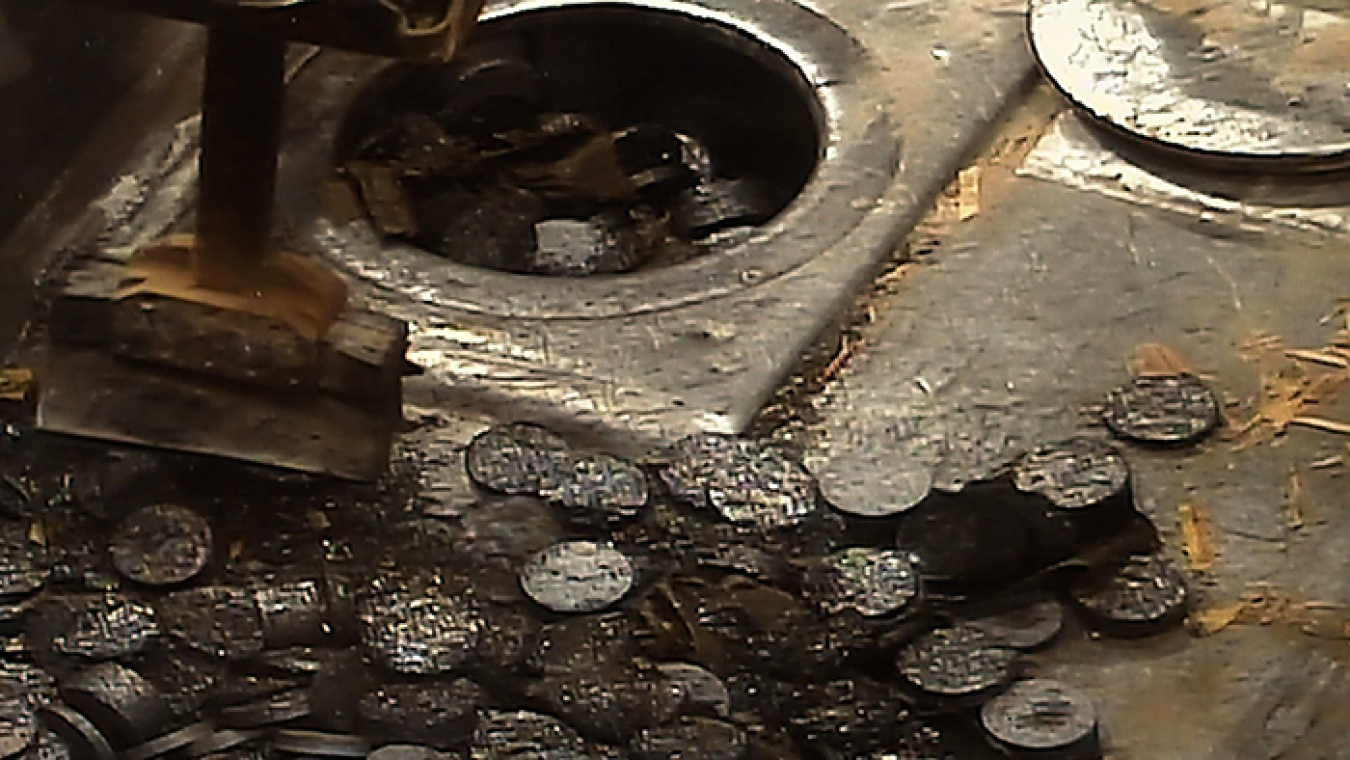The Advanced Mixed Waste Treatment Project at DOE’s Idaho National Laboratory (INL) Site recently completed remote treatment.
Office of Environmental Management
January 28, 2020
IDAHO FALLS, Idaho – EM crews at the Advanced Mixed Waste Treatment Project (AMWTP) at DOE’s Idaho National Laboratory (INL) Site recently completed remote treatment and repackaging of some of the most challenging waste in the facility’s 17-year history.
Metal particles known as "fines" were among the waste workers safely treated and repackaged at AMWTP. The fines, generated during historic weapons development, had been sent to the INL Site from the former Rocky Flats Plant, an EM closure site near Denver. In all, 176 drums in AMWTP’s inventory were believed to contain the reactive metal.
“We had to revise our operating permit with the state of Idaho, put additional controls in place, and complete extra training with our staff before embarking on this waste treatment campaign,” said Nate Loftus, a manager with Fluor Idaho, EM’s INL Site cleanup contractor. “Our workers performed flawlessly. The work was done safely and according to procedures.”
AMWTP operators deployed robotic equipment to open the containers in a ventilated and filtered boxline, allowing the waste to react in a controlled manner. Boxlines are huge concrete and metal hot cells where containers of radioactive waste are opened and sorted without exposing workers to hazardous materials inside.
The waste drums’ contents were placed onto a large, metal treatment tray. Combustible material was moved away from potentially reactive material using the robots before the waste was investigated for reactivity. Nineteen of the 176 drums reacted with air when the contents were investigated in the treatment tray.
Using magnesium oxide to control the reactive material, the operators remotely raked through the contents to ensure the reaction was complete. They also performed a test in which they dropped the waste contents about three feet onto the treatment tray to ensure no further reactions.
Workers then used the robotic arms to move the waste through a port hole to 55-gallon drums for packaging. AMWTP’s supercompactor crushed each drum, creating 5- to 7-inch-thick pucks that workers loaded five deep into an overpack drum, preparing the waste for certification for disposal at EM’s Waste Isolation Pilot Plant in New Mexico.
AMWTP completed the treatment of transuranic debris waste last fall and while that original project mission is complete, the facility is now being used to accomplish additional environmental cleanup work. The project also continues to ship the balance of 65,000 cubic meters of transuranic and low-level wastes to offsite disposal facilities as required by the 1995 Idaho Settlement Agreement.

